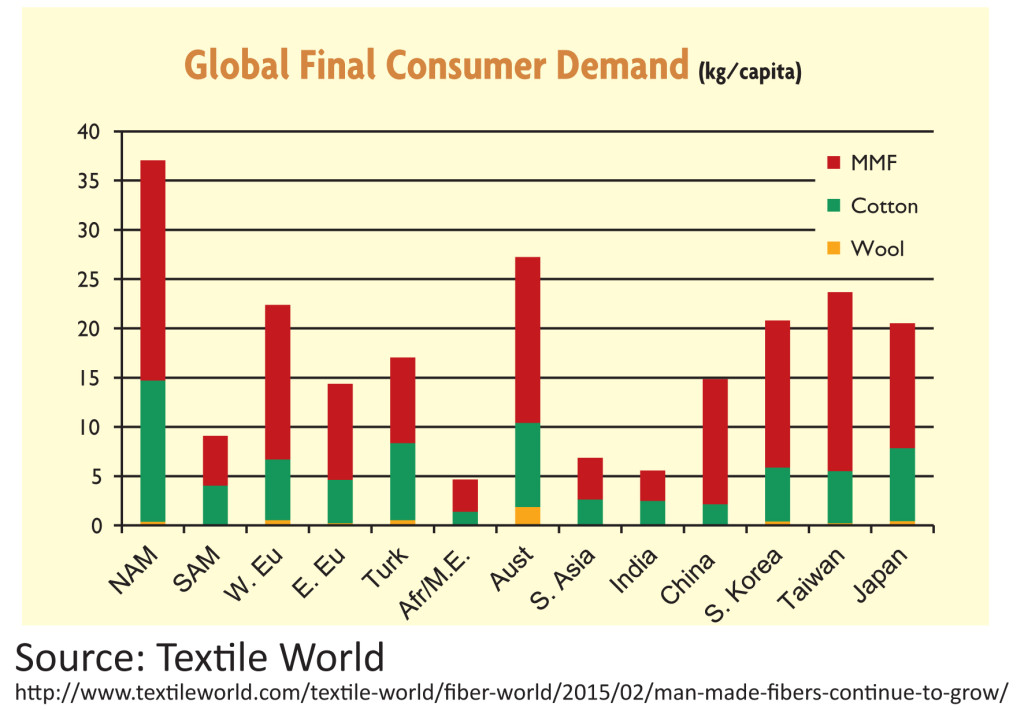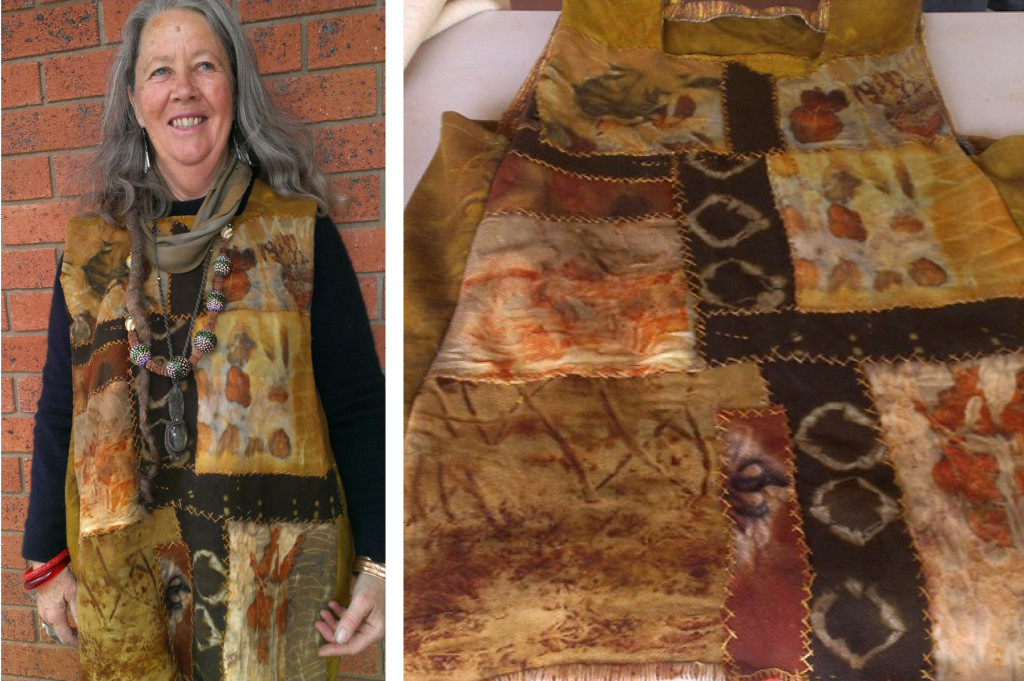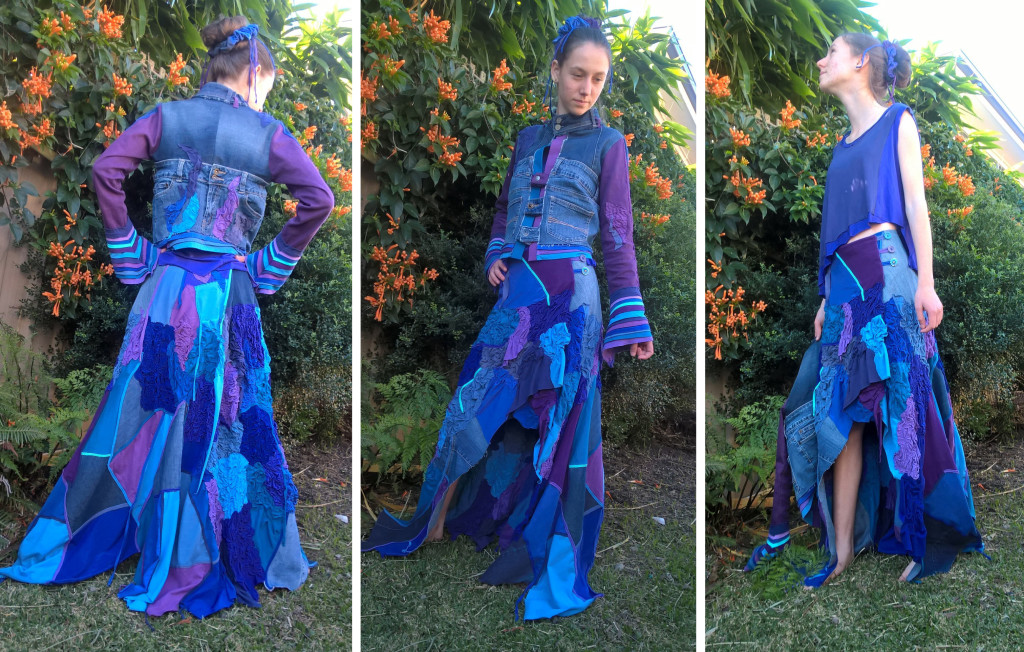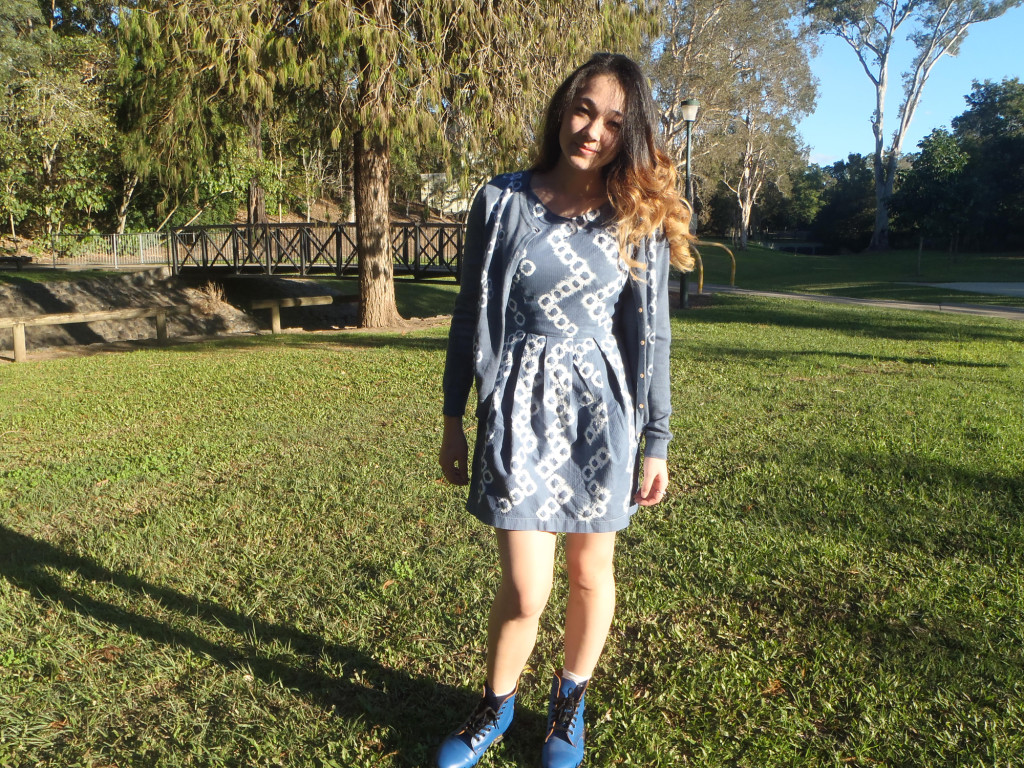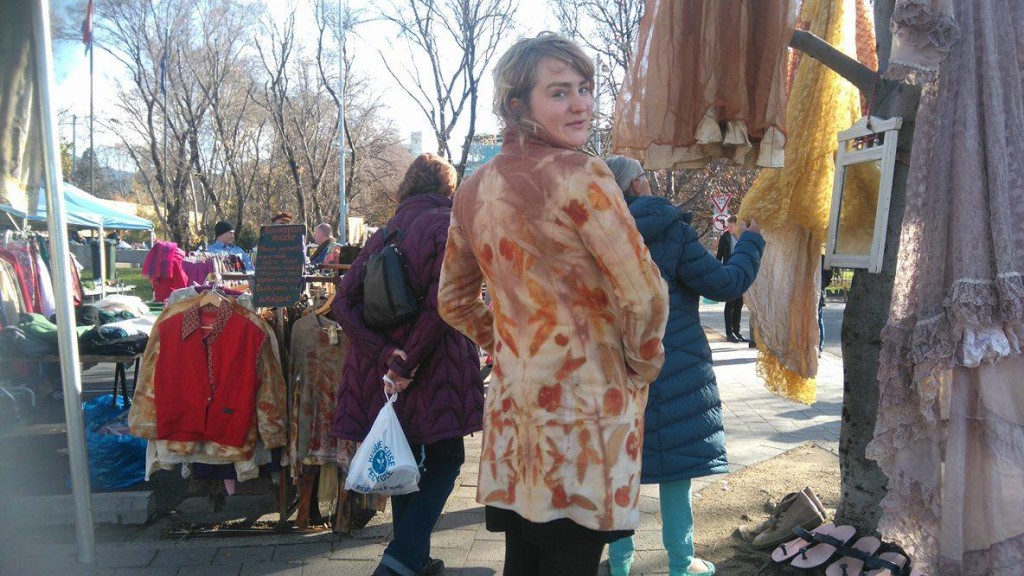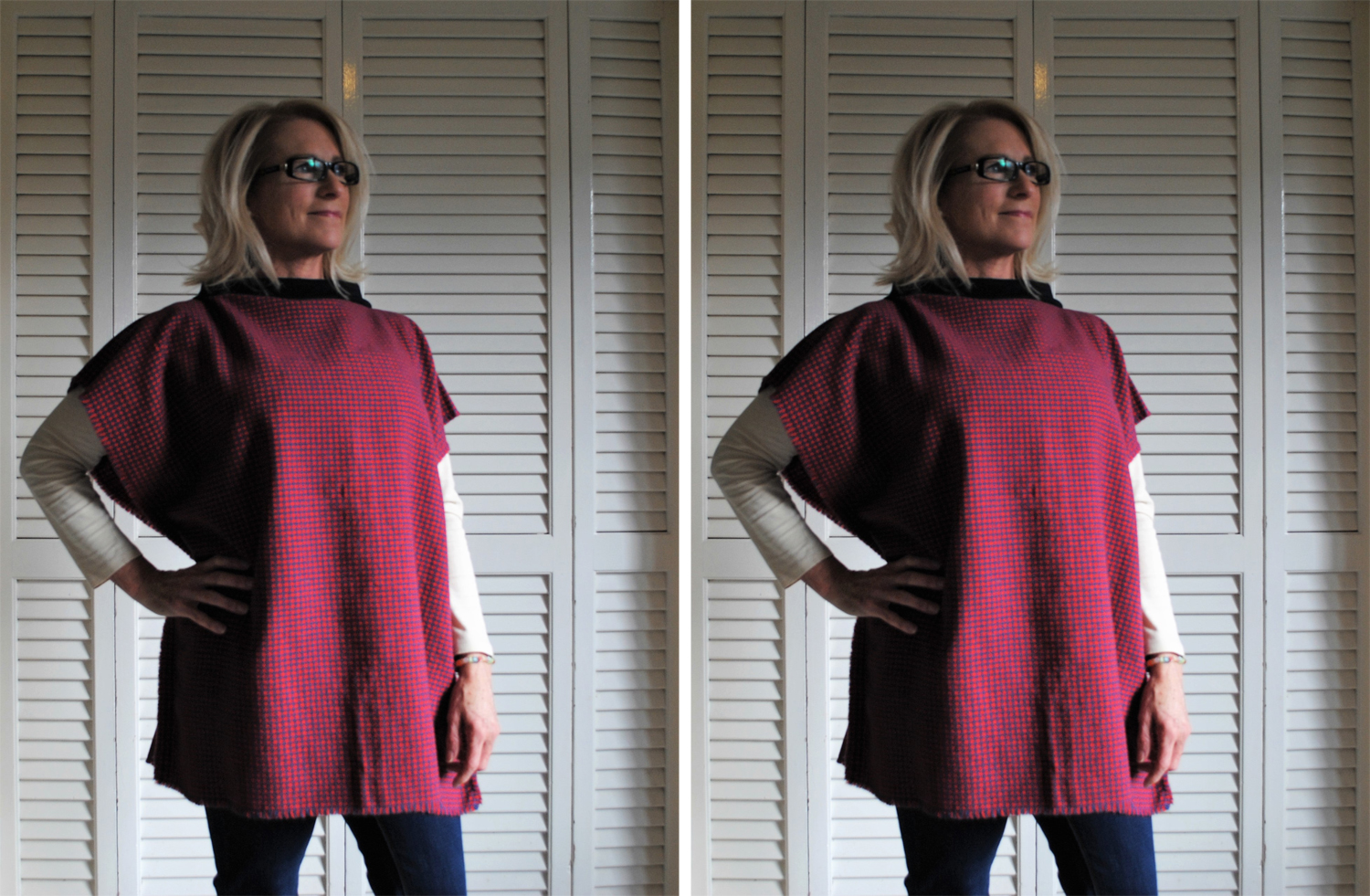Although it may not be practical for everybody to go back to making everything for themselves and being completely self-sufficient, Western Australian Julie Livingstone believes it is good for our mental wellbeing to be able to create something.
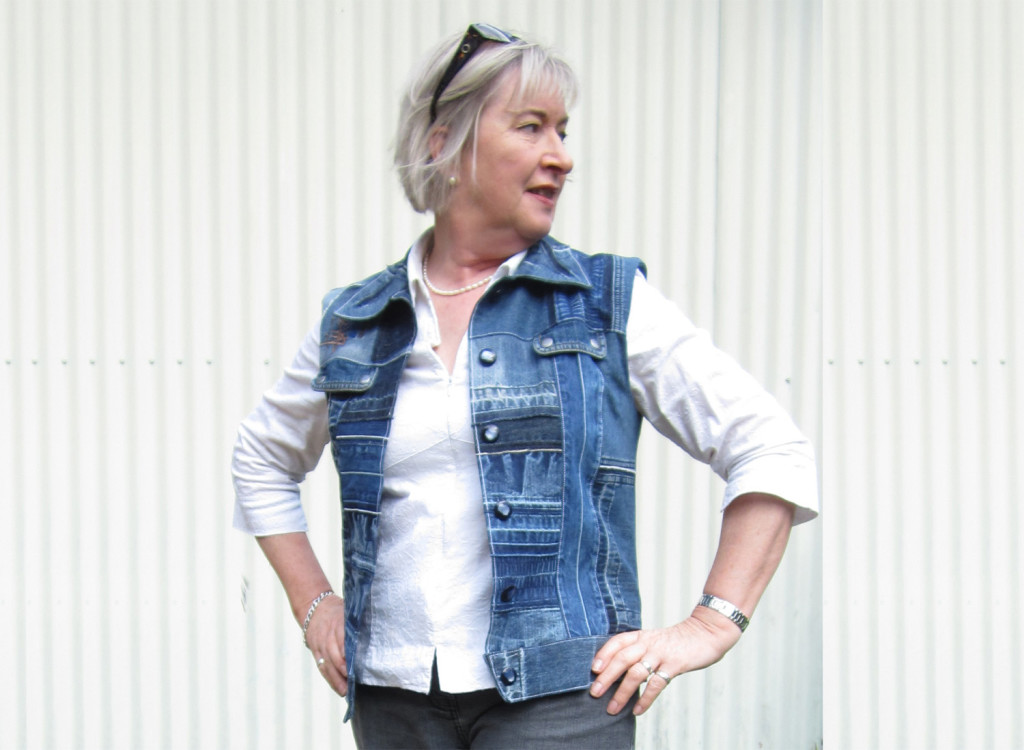
Julie Livingstone wears a vest she recreated from op-shop-found denim for The Slow Clothing Project.
This is part of what’s described (in Womankind Magazine #9) as ‘living directly’ or facing the world in its raw form, rather than through mediated experiences. Examples of living directly are cooking, sewing, chatting to others in person or patting the cat – whereas mediated living is experiences where someone else (film director, advertising executive or social media tools) is shaping the reality for you. Continue Reading →
